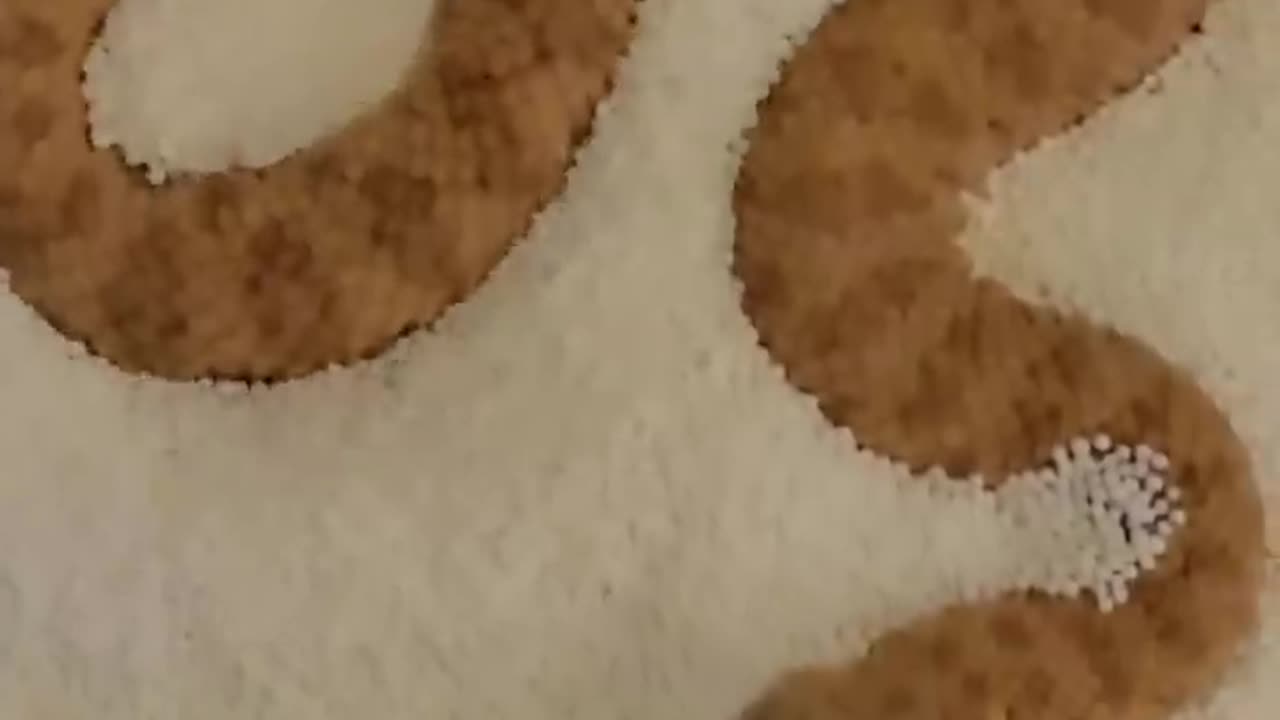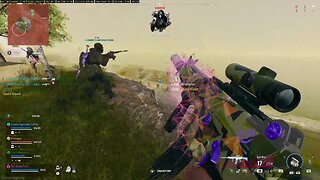Premium Only Content

Baby Sand Viper Vs Adult in sprinkles! #ThatMoment
Here are some key characteristics and information about baby sand vipers:
Size and Appearance: Baby sand vipers are typically smaller than adult snakes. Their size can vary depending on the species, but they are generally around 15-25 centimeters (6-10 inches) in length when they hatch. They have a similar appearance to adult sand vipers, including a triangular-shaped head, well-developed fangs, and a cryptic coloration that helps them blend into their sandy surroundings.
Camouflage: Baby sand vipers have evolved to blend seamlessly with the desert sands. Their coloration often includes various shades of beige, brown, or gray, which helps them remain hidden from predators and prey alike. Their scales also have a textured pattern that mimics the texture of sand.
Behavior: Like adult sand vipers, baby sand vipers are primarily ambush predators. They lie in wait, partially buried in the sand, and strike at passing prey (typically small rodents, insects, or lizards) when it comes within striking distance. Their venom is used to immobilize and digest their prey.
Venom: Baby sand vipers, like their adult counterparts, are venomous snakes. While their venom is not as potent as that of some larger viper species, it can still be dangerous to their prey. The venom helps them subdue their prey and aids in digestion.
Growth and Development: As baby sand vipers grow, they shed their skin periodically, a process known as molting. With each shed, they increase in size. The exact rate of growth and the number of times they shed can vary depending on factors such as temperature and food availability.
-
 45:41
45:41
Stephen Gardner
7 hours ago🔥Elon Musk’s SHOCKING Role in Trump’s Plan to EXPOSE DC Criminals | Errol Musk Speaks Out!
74.9K96 -
 20:10
20:10
DeVory Darkins
13 hours ago $21.55 earnedThe View ERUPTS Over Call for Biden to Pardon His Son
61.7K95 -
 5:14:10
5:14:10
GamingChad
10 hours agoMS Flight Simulator 2024 - Lets Make this Turkey Fly -Career mode Pt.2
86.9K7 -
 5:00:01
5:00:01
Pepkilla
11 hours agoHappy Thanksgiving ~ Wumble StwEeeem
52.2K5 -
 7:24:25
7:24:25
Rotella Games
1 day agoThanksgiving Side Missions & Hangout | GTA San Andreas
64.5K6 -
 4:07:31
4:07:31
MafiaTwin
10 hours agoFrist Stream On Rumble
47K -
 19:41
19:41
Neil McCoy-Ward
13 hours agoFinally! Some Good News Today... (& Happy Thanksgiving!)
32.4K18 -
 7:22:11
7:22:11
tacetmort3m
14 hours ago🔴 LIVE - (HAPPY THANKSGIVING!) BACK WITH MORE STALKER ACTION - STALKER 2 - PART 7
26.2K -
 58:05
58:05
The Tom Renz Show
10 hours agoThanksgiving In America 2024 - With Mark Sherwood
21.3K3 -
 1:13:41
1:13:41
DDayCobra
12 hours ago $8.94 earnedHappy Thanksgiving!
48.4K4